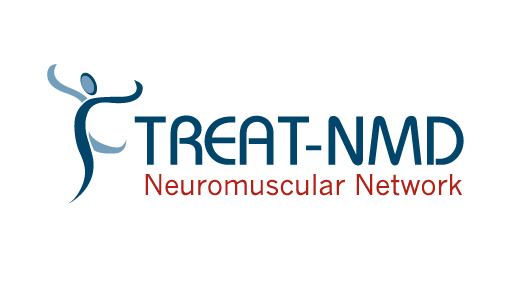GNE Myopathy
GNE myopathy is a genetic muscle disorder that appears as gradual muscle weakness in the skeletal muscles (muscles used for moving around). The symptoms of GNE myopathy are generally first noticed in adults between 20-40 years of age. A key sign of GNE myopathy is quadriceps sparing; many people with GNE myopathy will not lose much strength in their quadriceps as the condition progresses.
GNE myopathy is named for the gene that is affected in the condition: GNE. This gene is responsible for producing a protein that is important for muscle activity. The condition is inherited in an autosomal recessive pattern, meaning that both copies of the GNE gene must be non-functional/mutated for a person to have the disease, and it is equally likely to affect males and females.
GNE myopathy has historically been called Nonaka myopathy, distal myopathy with rimmed vacuoles, hereditary inclusion body myopathy, and quadriceps sparing myopathy.






